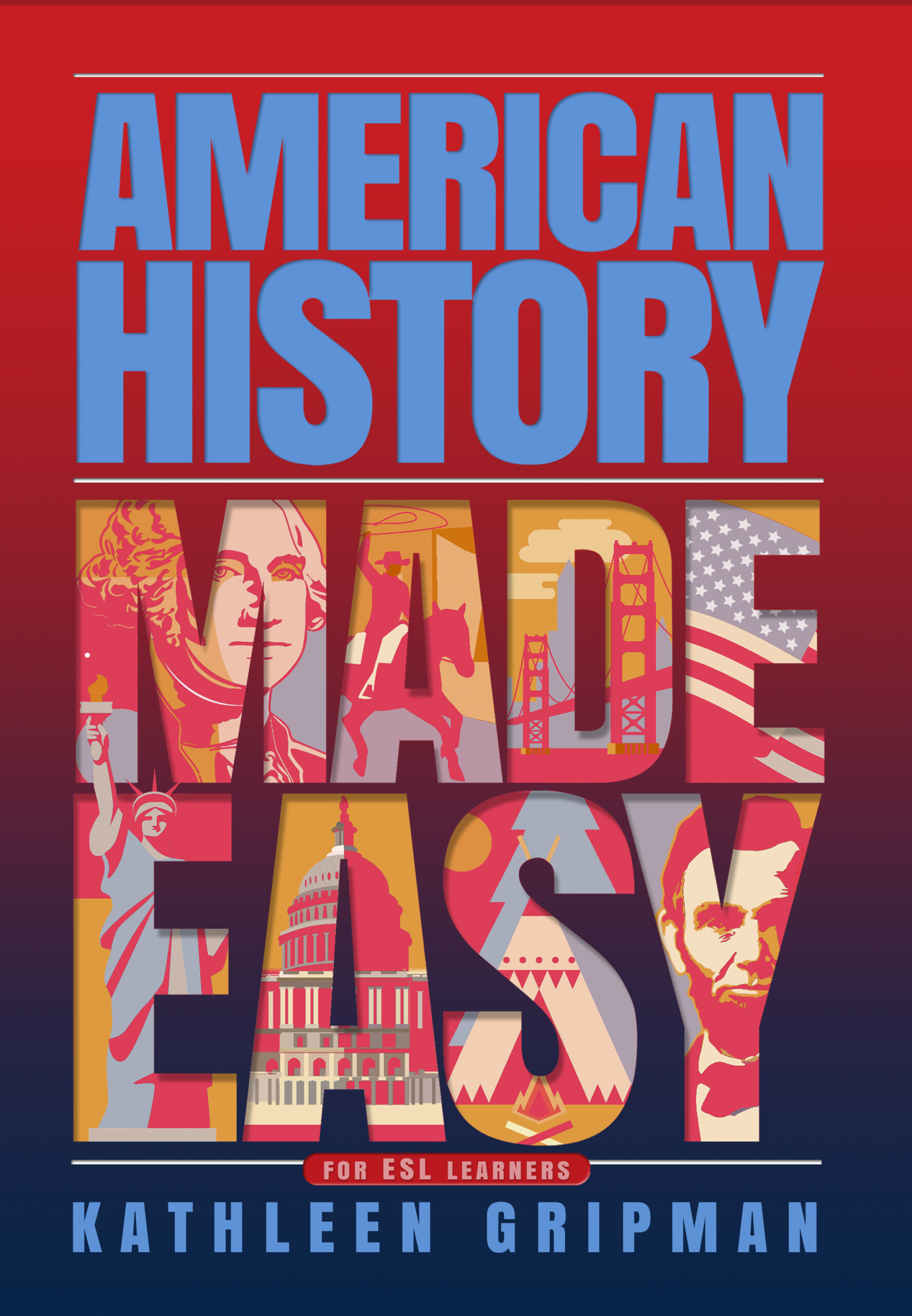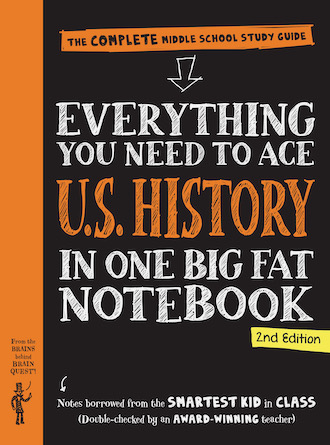Why pictures are important in studying American History

When cross-cultural educator and English as a Second Language (ESL) expert Kathleen Gripman contacted our publishing house about her book manuscript, American History Made Easy, she said, “And there will be black-and-white illustrations throughout the book to help readers remember the essential information.”
Gripman proved to be correct, based on the consistent sales of her book since it was launched in 2017. In fact, as I have talked to audiences about this book over the years, I refer to the extensive research behind Gripman’s assumption.
Scholarly research into the impact of illustrations of various kinds in publishing began in the 1970s with an initial assumption that may seem odd today: Perhaps illustrations distracted readers and were not helpful in learning. Well, research showed that quite the opposite was true, so four more decades of research has examined the power of illustrated books to engage, influence and ultimately to help readers remember what they have read. In fact, a widely cited study of illustrations in books for ESL students, published by the U.S. Department of Education, looked at 40 years of this research and concluded that, among those scholars, “the majority believe that illustrations act as a positive role in reading and comprehending.”
Gripman was not only correct. She was basing her own work on well-established research.
Of course, that’s why pretty much every publisher of textbooks includes illustrations.

And, in the field of American history, that’s why Workman Publishing lavishly illustrates its series of Big Fat Notebooks, including one of its newest volumes, Everything You Need to Know about U.S. History, which it is publishing in April 2023.
Workman sent me a pre-publication review copy of that book and I’ve read it carefully. As a life-long journalist, I’m fascinated with U.S. history, which is the lifeblood of American journalism. As a parent, I successfully coached two high school kids through AP US History classes as their weekly quizmaster on the huge amount of material they needed to remember. As a publisher, I have been an enthusiastic supporter of Gripman’s (and many others) work with ESL students nationwide and I’m proud that our publishing house team helped Gripman launch a book that is used everyday. In her case, the book is used around the world, since many prospective ESL students begin their studies while still living in their homelands overseas. Her book is widely read in parts of Asia, for example.
Then—what’s my recommendation about Workman’s new book on U.S. History?
I’m thrilled! As a parent working with my teenage kids decades ago, I wish I had both Gripman’s book and the Workman book handy in our home. I would have bought both books, back then, and moved back and forth between them to help my kids learn this material. As it was, we actually created an enormous “deck” of 1,000 “flash cards” we used in both of our long treks through AP US History. Had these two books been available back then? Wow, we would have saved countless hours making those cards!
So, going forward, first I’m going to recommend Gripman’s book to potential readers. That’s because her book presents the material as a continuous, easy-to-read narrative, which I think is essential in understanding and remembering the sweep of history and the connections between events and milestones. The Workman book is wonderful, but it is designed as a study aid to readers who already are reading a narrative version of this history. In effect, the pages of the Workman book amount to “flash cards,” and the book comes with permission for teachers to use pages out of the book, which is very helpful and quite generous of Workman.
Kathleen Gripman deserves a big salute for her many years of helping men and women arriving from foreign lands become fully engaged in our American communities. Her educational expertise led her to create what I still think is the single most valuable volume for this purpose.
And Workman also deserves a salute for taking a lesson from those teachers and parents nationwide who have coached their kids with flash cards to learn subjects like U.S. History. Now, they can get the book and, if they want, can literally tear it apart to form something resembling flash cards that will reinforce important milestones.
In the end, we’re all better off in these deeply divided times to learn the core of our nation’s history together. Thanks to both Gripman and Workman for adding something so helpful to our often troubled world.